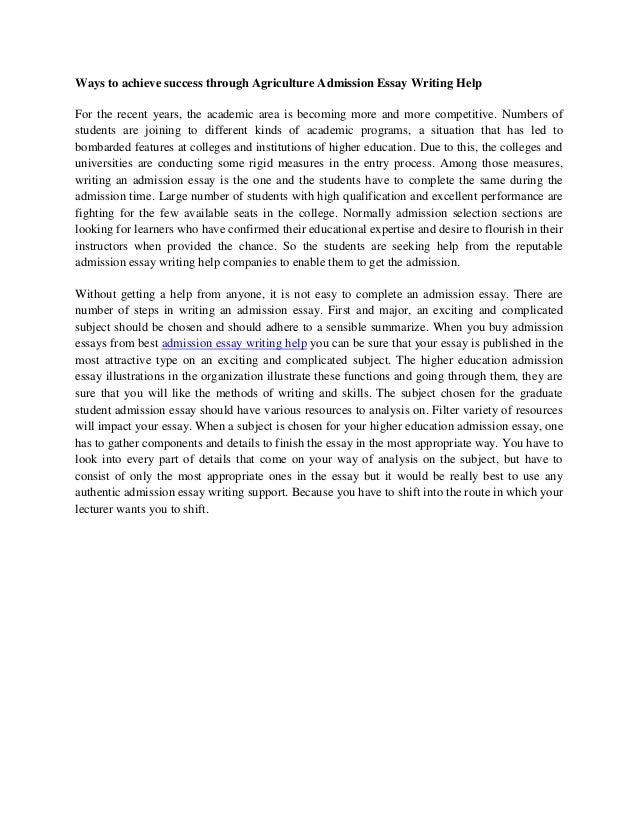


That is, use the same syntax and word forms for each heading. Instead of “Background” or “Technical Information,” use a more descriptive title, such as “Physics of Fiber Optics.” Make the phrasing of headings self-explanatory.Here are a number of helpful tips for ensuring your headings are as clear and useful as possible for your readers: Instead, visualize the headings before you start the rough draft, and incorporate them as you write. When you begin using headings, your impulse may be to add in the headings after you’ve written the rough draft. Indeed, headings are like the parts of an outline that have been pasted into the actual pages of the document. They keep you organized and focused on the topic.
#The immortal life of henrietta lacks essay professional
Headings are an important feature of professional and technical writing: they alert readers to upcoming topics and subtopics, help readers find their way around in long reports and skip what they are not interested in, and break up long stretches of text. In all but the shortest reports (two pages or less, and often even then), use headings to distinguish the different topics and subtopics covered. (Remember to hide or remove them on special pages!) Usually, the best and easiest choice is to place page numbers at the bottom center of the page. Page numbers can be placed in one of several areas on the page.In the contemporary design format, all pages throughout the document use Arabic numerals in the traditional design format, all pages before the introduction (or the first page of the body of the report) use lowercase Roman numerals.On special pages, such as the title page, page numbers are not displayed.Microsoft Word and Google Docs allow you to present the page numbers in this way, but other word processors may require you to compose the report’s parts in different documents, save them as PDFs, and then combine the PDFs. All pages in the report (within but excluding the front and back covers) are numbered, but on some pages, the numbers are not displayed.Below are key points to remember when paginating your document: Depending on your style, you may use a combination of Roman numerals (i, ii, iii…) and Arabic numbers (1, 2, 3). Page numbering (or pagination) is an expectation for any major written source that uses pages. Use formatting to ensure that your reader knows you are serious about and proud of your work: you care enough about your own ideas to make sure that they are easy to navigate, that they are ordered logically, and that they are polished visually. You want your first impression to be a strong one. Making sure that your formatting is clear, logical, and consistent can be compared to dressing professionally for a job interview. While formatting may seem to be of lesser importance than content, the way that something looks conveys the first impression your reader has of your work. Kalani Pattison Matt McKinney Nicole Hagstrom-Schmidt David McMurrey Annemarie Hamlin Chris Rubio Michele DeSilva and Claire Carly-Miles


 0 kommentar(er)
0 kommentar(er)
